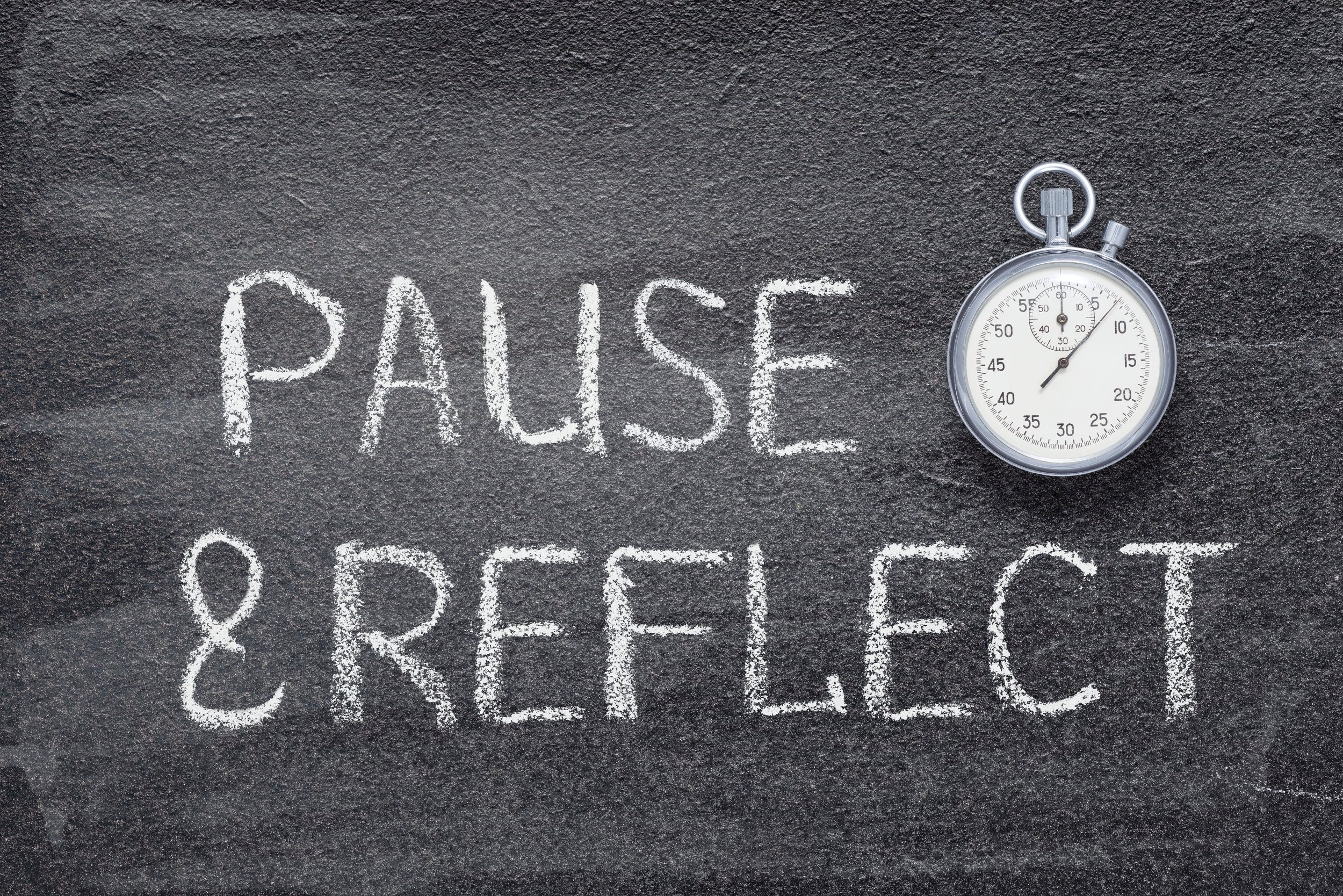Learning Corner: Team Reflection Exercise to Build Psychological Safety
Psychological safety doesn’t happen by accident—it requires consistent attention and proactive practices. Here’s a team reflection exercise designed to spark meaningful conversations and foster a sense of safety within your team.
Exercise: “The Safety Check-In”
Objective: To help team members reflect on their feelings of safety within the team and identify actions to enhance psychological safety.
Duration: 30 minutes
Materials Needed: Notepads or digital devices for reflection, a timer, and a flip chart or shared document for recording action steps.
Instructions:
1. Preparation: Choose a quiet, comfortable space—whether physical or virtual—where team members can feel relaxed and focused. Create an atmosphere of openness by clearly stating that the exercise is judgment-free and designed to promote growth. Emphasize that honest feedback is welcome and encouraged.
Tip: Consider playing soft background music or dimming the lights to enhance the sense of calm.
2. Reflection Questions: Ask each team member to take a few minutes to reflect on the following questions silently:
On a scale of 1-10, how safe do you feel sharing your ideas in this team?
What factors make you feel safe or unsafe in this team environment?
Can you share a moment when you felt particularly heard or ignored by the team?
Tip: Encourage deep reflection by giving team members ample time to jot down their thoughts before the group discussion.
3. Group Discussion: Have each team member share their responses voluntarily. Focus on listening without interrupting or judging. Encourage everyone to express how the current team dynamics affect their sense of safety.
Tip: Lead by example—start the discussion by sharing your own experience to create an open, vulnerable tone. As team members share, refrain from interrupting or offering immediate solutions. Focus on listening to understand.
4. Action Steps: As a team, identify 2-3 actionable steps to enhance psychological safety based on the discussion. This could involve adjusting communication styles, revisiting team agreements, or implementing new practices that foster inclusion and respect.
Document these actions clearly and assign responsibilities for following through.
Consider how team agreements might be adjusted to foster a more inclusive environment.
5. Follow-Up: Set a time to revisit these action steps and assess progress. Continuously ask for feedback on whether the team feels safer and what else can be done.
Bonus Idea: Introduce a “psychological safety pulse” survey—an anonymous monthly check-in where team members can rate how safe they feel and suggest any adjustments.
Wrapping Up
By embedding these principles into your team culture, you can create an environment where people feel valued, supported, and motivated to do their best work. High-performing teams are not built overnight, but by focusing on psychological safety, clear agreements, and feedback loops, you can set the stage for success wherever you go.
Building high-performing teams is an ongoing journey, but with the right focus, every team can reach its full potential. Let’s commit to creating spaces where everyone feels safe, heard, and empowered to contribute their best.

